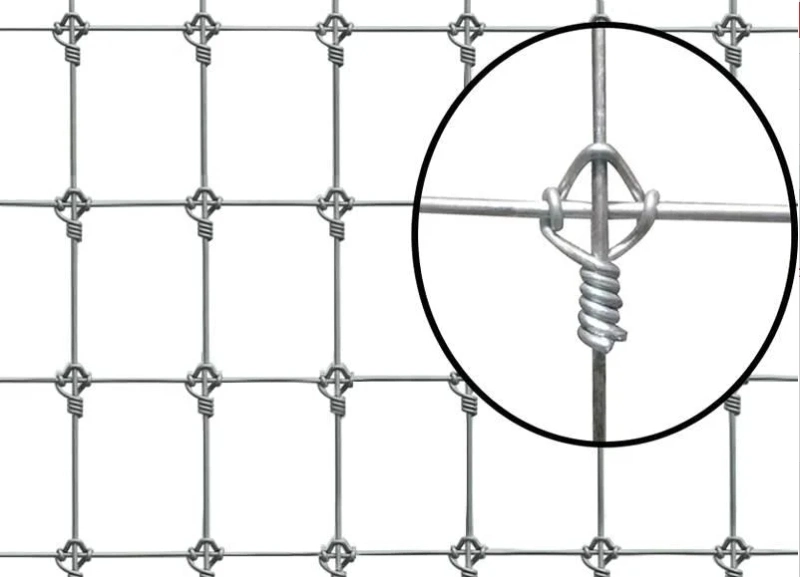The Aesthetic and Functional Significance of Perforated Sheet Facades
In contemporary architecture, the integration of innovative materials has become pivotal in bridging aesthetics and functionality. One such trend gaining prominence is the use of perforated sheet facades. These architectural elements not only enhance the visual appeal of buildings but also offer a multitude of practical benefits, making them an increasingly popular choice among architects and builders.
1. Visual Appeal and Versatility
Perforated sheets are made from materials like metal, plastic, or composite substances, featuring a series of holes or patterns cut into them. The patterns can range from geometric shapes to intricate designs, allowing architects to create unique and visually striking facades. The versatility of perforated designs enables buildings to stand out in urban environments, promoting creativity and individuality in architectural expression.
Moreover, the perforations can be customized to fit the theme or identity of the building. For instance, a cultural center might feature designs inspired by local traditions, while an office building could display a sleek, modern aesthetic. This personalization helps foster a connection between the building and its environment, making it a focal point for both residents and visitors.
2. Natural Lighting and Ventilation
Beyond aesthetics, perforated sheet facades serve a functional purpose by enhancing natural lighting and ventilation. The openings in the sheets allow natural light to filter through, reducing the need for artificial lighting during the day. This not only lowers energy consumption but also creates a vibrant and inviting atmosphere inside the building.
perforated sheet facade

Furthermore, the design promotes airflow, facilitating natural ventilation. This is particularly beneficial in hot climates, where maintaining a comfortable indoor environment is crucial. By allowing air to flow through the perforations, buildings reduce reliance on HVAC systems, leading to both energy savings and a more sustainable approach to architecture.
3. Protection and Durability
Perforated sheet facades also contribute to the durability and protection of buildings. They act as a shield against harsh weather conditions, including wind and rain, while maintaining the aesthetic appeal of the structure. The materials used in these facades are often corrosion-resistant, ensuring longevity and requiring minimal maintenance over time.
Additionally, these facades can help mitigate noise pollution in urban areas. The design of perforated sheets can absorb sound, reducing ambient noise levels and enhancing comfort for occupants. This is particularly useful for buildings located near busy streets or other noisy environments.
4. Sustainability Considerations
As sustainability increasingly influences architectural design, perforated sheet facades align seamlessly with this trend. By maximizing natural light and ventilation, they contribute to energy efficiency. Furthermore, many manufacturers are now producing perforated sheets from recycled materials, adding an eco-friendly aspect to their use.
In conclusion, perforated sheet facades offer a harmonious blend of aesthetic innovation and practical functionality. With customizable designs, enhanced natural lighting and ventilation, durable protection, and sustainable options, these architectural elements are transforming modern building practices. As the world continues to embrace sustainability and creative design, perforated sheet facades are poised to play a vital role in the architecture of the future.
-
The Best Metal Mesh Solutions: Expanded Aluminum Metal vs. Expanded Stainless Steel Metal
NewsSep.10,2024
-
Round Perforated Sheets vs. Hexagonal Perforated Sheets vs. Embossed Perforated Sheet Metal
NewsSep.10,2024
-
Perforated Metal Sheets
NewsSep.10,2024
-
Experience The Excellence Of Stainless Steel Grating
NewsSep.10,2024
-
Discover the Versatility Of Metal Mesh Expanded Forming Machines
NewsSep.10,2024
-
Discover The Advantages Of Steel Grating For Sale
NewsSep.10,2024
Subscribe now!
Stay up to date with the latest on Fry Steeland industry news.

